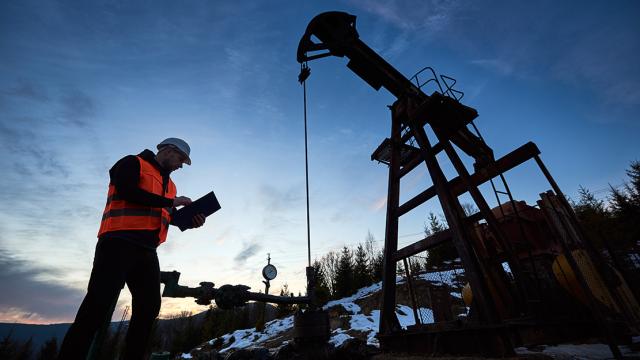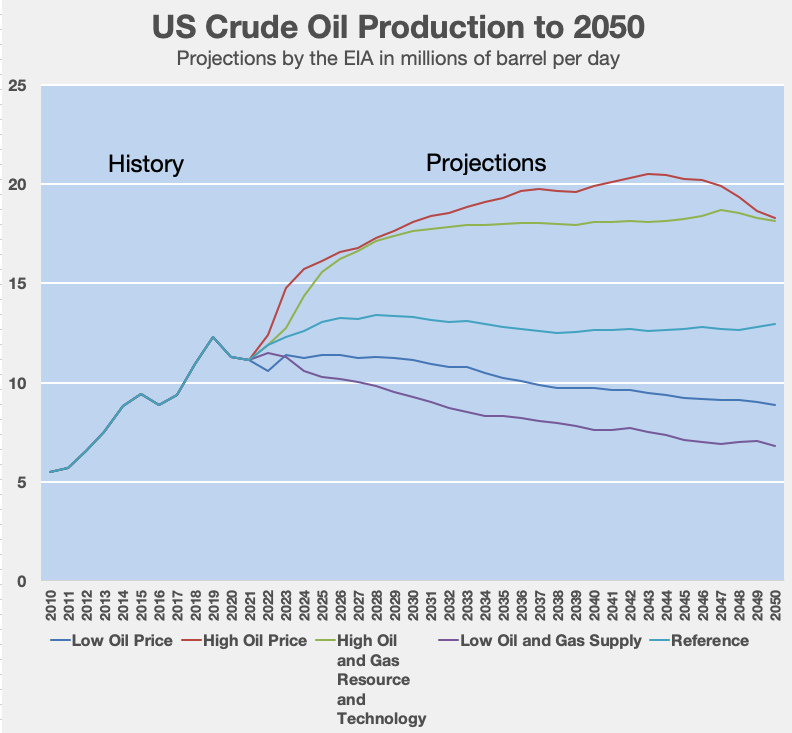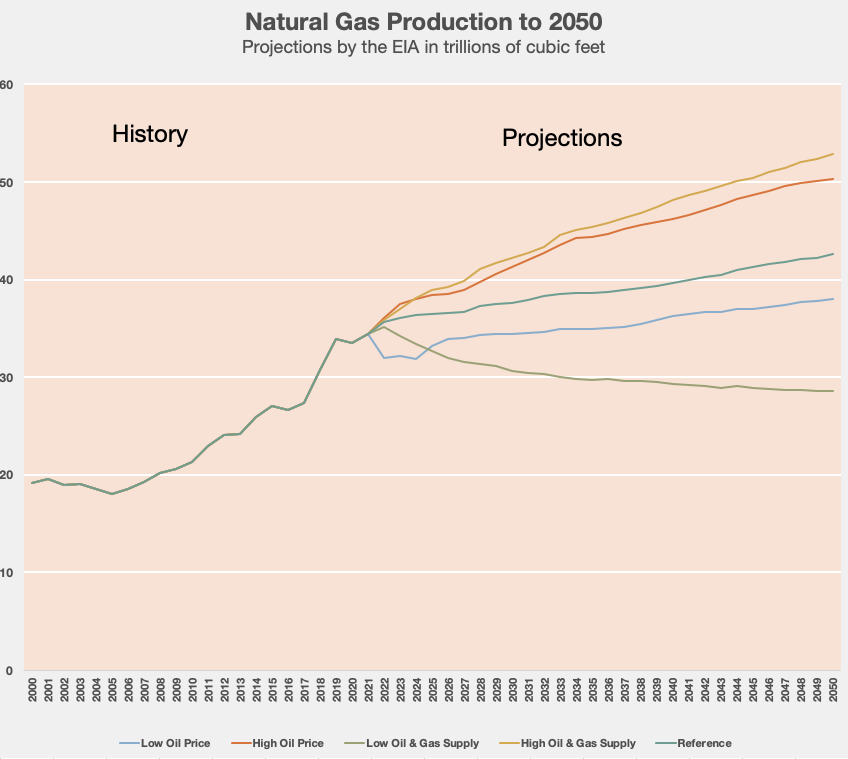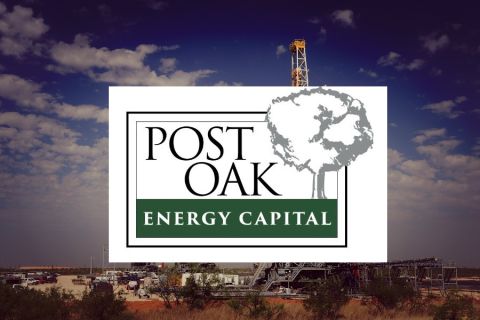
The EIA projects U.S. oil production will peak at 13.4 MMbbl/d in 2028. (Source: anatoliy_gleb/Shutterstock.com)
Crude production will rise, peaking at 13.4 MMbbl/d in 2028, as oil and gas retain their top spots in U.S. energy consumption through 2050, the U.S. Energy Information Administration (EIA) projected on March 3.
Exports of LNG will drive U.S. production of natural gas, the EIA said in its annual energy outlook, and exports will also underpin oil’s growth, though to a lesser extent. Gas exports, which set a record in 2021, are projected to continue to grow as new LNG export facilities on the Gulf Coast enter service. However, renewable energy sources will continue to grow the fastest, while coal and nuclear power continue to decline in market share.
Renewables and natural gas will engage in a “robust competition” for electricity generation market share, according to the EIA.
“There are several reasons why the use of renewables is growing so fast,” said Angelina LaRose, the EIA’s assistant administrator for energy analysis, on March 3 during a webinar hosted by the Bipartisan Policy Center. “Policies at the state and federal levels have encouraged significant investment in renewable resources for electricity generation and transportation fuels. New technologies have driven down the cost to install wind and solar generation, further increasing their competitiveness in the electricity market.”
Projections
The EIA outlook’s projections are modeled on various scenarios. So, while the reference scenario projects 13.4 MMbbl/d of crude production by 2028, the high oil price scenario puts the peak at 20.5 MMbbl/d by 2043. In the low oil price and low supply scenarios, U.S. oil output already peaked at 12.3 MMbbl/d in 2019.

The EIA projects that energy-related CO2 emissions will drop through 2035 before climbing toward the end of the outlook’s time frame in 2050.
Electricity demand will grow at a modest rate from now to 2050, with demand for generation from renewable technologies and natural gas increasing as nuclear and coal plants are retired. Capacity increases from solar photovoltaic and natural gas combined-cycle units will be supported by the cost-competitiveness of those sources.

“We project that the consumption of natural gas will keep growing,” LaRose said. “This is driven by expectations that natural gas prices will remain low compared to historical levels.”
The drivers of higher gas use in the industry include greater utilization as a feedstock in the chemical industries and increased combined heat and power consumption across multiple industries. By comparison, the use of natural gas by the power sector is projected as flat or declining through mid-2035, she said.
The EIA said record high domestic production would support natural gas exports but would not necessarily translate into growth in the U.S. petroleum product trade balance. Still, the U.S.’s role as a global supplier of crude oil and natural gas is important amid geopolitical uncertainty.
Recommended Reading
ProPetro Ups Share Repurchases by $100MM
2024-04-25 - ProPetro Holding Corp. is increasing its share repurchase program to a total of $200 million of common shares.
Baker Hughes Hikes Quarterly Dividend
2024-04-25 - Baker Hughes Co. increased its quarterly dividend by 11% year-over-year.
Weatherford M&A Efforts Focused on Integration, Not Scale
2024-04-25 - Services company Weatherford International executives are focused on making deals that, regardless of size or scale, can be integrated into the business, President and CEO Girish Saligram said.
Hess Midstream Increases Class A Distribution
2024-04-24 - Hess Midstream has increased its quarterly distribution per Class A share by approximately 45% since the first quarter of 2021.
Permian E&P Midway Energy Partners Secures Backing from Post Oak
2024-02-09 - Midway Energy Partners will look to acquire and exploit opportunities in the Permian Basin with backing from Post Oak Energy Capital.






